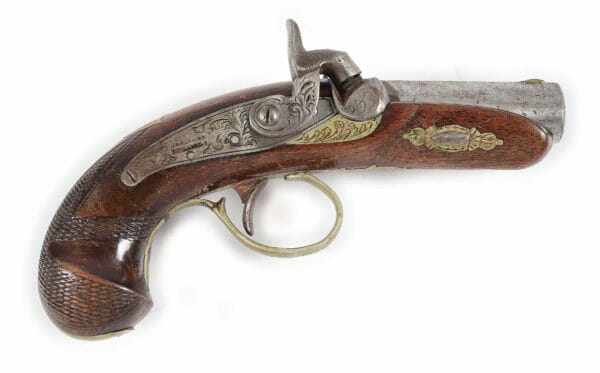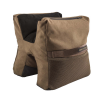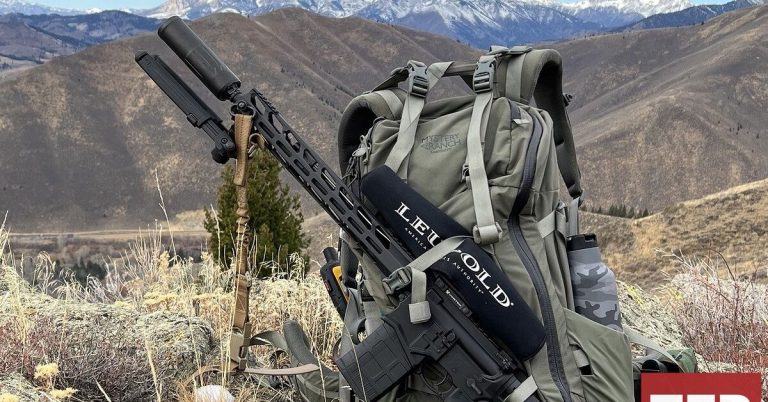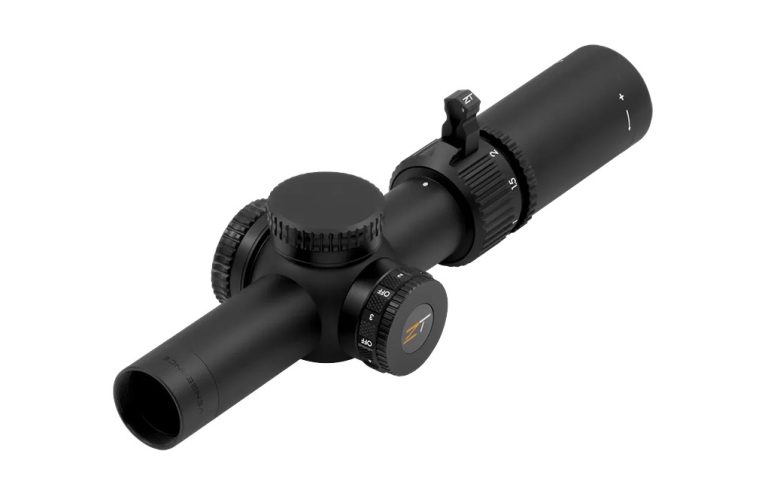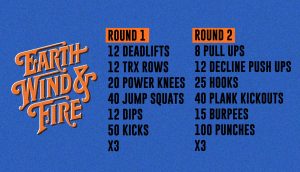It’s not uncommon for brand name objects to assume the role of catch-all term for their generic equivalent. The two most obvious and ubiquitous examples are when you refer to all facial tissues as Kleenex and all cotton swabs as Q-Tips.
While not nearly as common in the realm of firearms, the same thing does happen from time to time. That’s the case with the terms “derringer” and “Deringer.” If you didn’t know that there was a difference, then this story is for you. Or, perhaps you knew there was a difference but didn’t really think it meant much of anything. Well, then, this story is for you, too.
So now that we’ve established that they’re two different terms, why are they different, and what do they mean? For starters, the catch-all spelling uses a lower-case D and has two R’s, and the brand name version uses an upper-case D and has only one R. This is because the latter is a proper name. Henry Deringer, Jr. had gunsmithing in his blood: his father, an immigrant from Germany, came to the American Colonies before the Revolutionary War. Henry Deringer, Sr. settled in Pennsylvania and was known for making the now-iconic Pennsylvania-style long rifles and pistols.
Born in 1786, Junior apprenticed at the Virginia Manufactory in Richmond in his early twenties. There, he learned the intricacies of the trade by making arms for the Virginia state militia. Upon completion of his apprenticeship, he moved back to Philadelphia and opened his own gunsmithy.
By 1814, much of Henry’s time was occupied with filling various government contracts. These contracts were quite lucrative, and it was the desire of most gunmakers in this era – just as it is today – to obtain one. Deringer ended up making more than 20,000 Model 1814 and Model 1817 flintlock long arms. He also made some 50,000 flintlock trade arms, including those for John Jacob Astor’s American Fur Company.
When the military contracts waned after the end of the War of 1812, Deringer shifted his focus to firearms for private purchase. By the 1840s, he had left government work behind and focused solely on the civilian market. The decision to make this market shift would lead to his name becoming forever linked to pocket pistols, whether he actually made them or not.

What we think of today as the quintessential Philadelphia-style derringer came to fruition in 1852. In the years immediately prior to this, during the height of the Gold Rush, Henry had seen the rise in need for a small, concealable arm suitable for personal protection. Colt’s Model 1849 Pocket revolver was selling quite well, and while it was indeed small compared to the Model 1851, it was hardly a pocket pistol.
In order to create something that really could fit in someone’s pocket, Deringer realized that creating any kind of revolver was out of the question. (It would still be a few years before Smith & Wesson came out with the .22 Short, ushering in the era of pocket revolvers.)
Because of this, Henry’s creation would have to be a simple, single-shot design. Unfortunately for Deringer, there was nothing new about any of the mechanisms employed in his pistol. This meant that there was nothing for him to patent and make uniquely his own. He also failed to legally trademark his name and the way it was marked on his guns, which was DERINGER / PHILADELA, stamped on the lock plate or the top of the barrel.
If Deringer’s pistol design had been uniquely his or if he had trademarked his name, then it’s quite possible that he would have become one of the hundreds of arms inventors whose names and creations in the 19th century are generally lost to history among the behemoths such as Colt, Remington, and Smith & Wesson.
The lack of a patented design created a legal headache for Henry for the rest of his life, but it also, somewhat ironically, cemented his place in arms maker history and the American lexicon.
That “derringer” and “Deringer” are actually two different things was almost as unknown of a fact then as it is today. Competitors capitalized on this and began stamping their knock-off lock guns with names that were similar in spelling and sound to the real thing. Some examples include H. Deringer, J. Deringer, Deeringer, Beringer, and Derringer.
The exact number of companies making copies of Deringer’s design is unknown; it is believed that there were at least half a dozen in Philadelphia alone! One such Philly-based maker, Slotter & Company, even employed former Deringer employees. As a result, their guns were almost indistinguishable from the genuine ones.

Over the following decades, the lines got blurrier as “derringer” became an increasingly popular term for any easily concealable pistol. (In fact, my computer’s word processor insists that I’ve spelled derringer wrong every time I write the proper noun!)
At the end of the day, does it really matter how the word is spelled? To most people, no, but to gun collectors, yes. That capital D or an additional R can mean the difference of hundreds of dollars when it comes to buying and selling these pocket pistols.
Think about it this way: would you spend the same amount of money on a Ford F-150 as you would on a Fard F-160? Of course not! But why not? They’re both pick-up trucks, and they look the same. They are spelled and sound almost the same, so it’s basically the same thing, right? Now, I know that’s an exaggerated example, but I think it really gets the point across about how important something as seemingly insignificant as the spelling of a word can be to some people.
Regardless of how you spell it, Deringer’s pistols and the generic derivatives have been an incredibly popular part of American arms history. Henry’s diminutive handgun with no patentable or trademarked design would make the name Deringer a household word. Whether or not he’d be upset by the spelling or capitalization, though, is anyone’s guess.
.apc-product-compare-list td.apc-product-image {
max-width: 149px;
}
.apc-product-compare-list img {
max-width: 100%;
}
.apc-product-compare-list td.apc-product-name {
max-width: 35%;
}
.apc-product-compare {
max-width: 100% !important;
margin-top: 20px;
margin-bottom: 20px;
}
table.apc-product-compare-list {
width: 100%;
text-align: center;
}
.apc-product-name a {
text-decoration: none;
font-weight: 500;
font-size: 20px;
}
.apc-product-brand a {
text-decoration: none;
font-weight: 700;
font-size: 22px;
}
.apc-product-price>span {
white-space: nowrap;
}
span.apc-sale-price {
display: block;
color: #FD7F03;
font-size: 19px;
font-weight: 700;
text-decoration: inherit;
}
span.apc-original-price {
font-size: 15px;
font-weight: 400;
text-decoration: line-through;
color: #848484;
}
.apc-product-compare-list td {
padding: 5px;
vertical-align: middle;
}
.apc-product-url .apc-arrow-right {
border: solid black;
border-width: 0 5px 5px 0;
display: inline-block;
padding: 10px;
transform: rotate(-45deg);
-webkit-transform: rotate(-45deg);
border-color: #FD7F03;
}
Live Inventory Price Checker
|
|
Blackpowder Products Shooting H-Bag Large, Brown – 91007-7 |
Palmetto State Armory |
|
|
|
|
LYMAN GREAT PLAINS BLACKPOWDER RIFLE |
Guns.com |
|
|
|
|
Blackpowder Products Shooting H-Bag Large, Brown – 91007-7 |
Palmetto State Armory |
|
|
|
|
Four-Wing Musket Caps For Replica Blackpowder Firearms – Four Wing Musket Caps 100/Tin |
Brownells.com |
|
|
About Logan Metesh
Logan Metesh is a historian focused on firearms’ history and development. He runs High Caliber History LLC and has more than a decade of experience working for the Smithsonian Institution, the National Park Service, and the NRA Museums. His ability to present history and research in an engaging manner has made him a sought-after consultant, writer, and museum professional. The ease with which he can recall obscure historical facts and figures makes him very good at Jeopardy! but exceptionally bad at geometry.







